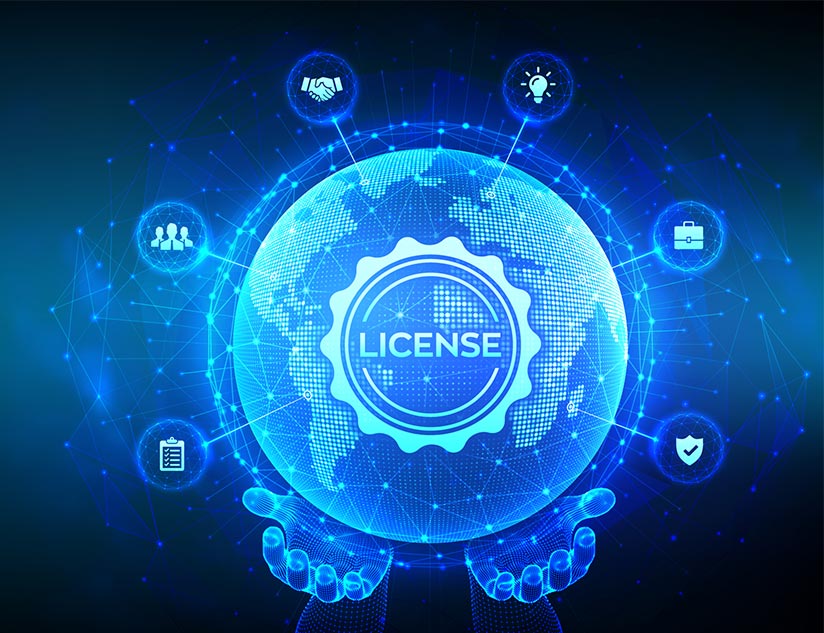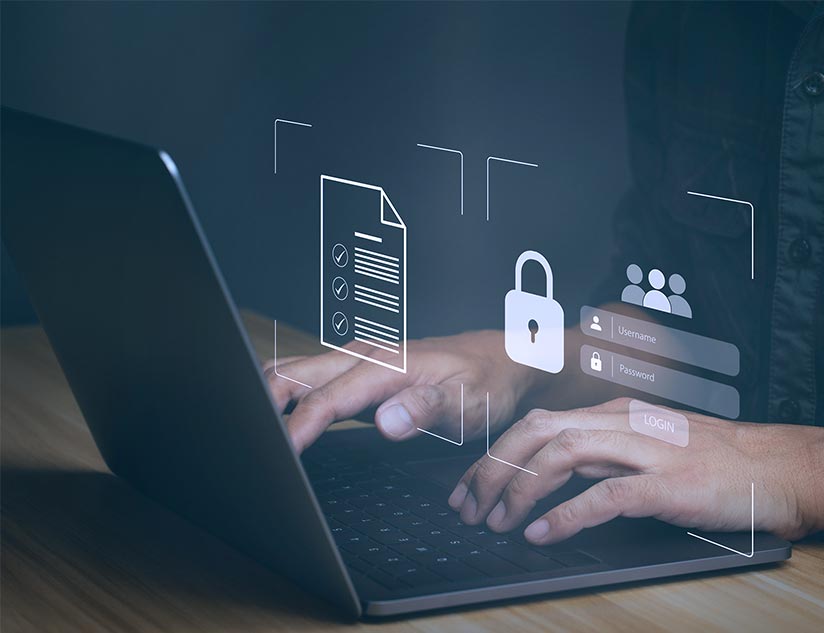In the present day and age, digital assets are among the most valuable resources for businesses. Content misuse, piracy, and breach are prominent problems of an increasingly digital world. This is especially true for the eLearning industry, which relies on its digital assets, including instructional content, assessments, student progress reports, and more to survive and thrive. It’s no surprise then that the global digital rights management (DRM) market is rapidly expanding. It is anticipated to reach a value of $9.54 billion by 2030, growing at a CAGR of 11.51% from 2025. Educational providers must adopt dedicated DRM protection platforms, designed specifically for online education and digital publishing, given the diversity of content formats and user profiles involved.
What is DRM for Digital Publishing?
DRM is the invisible shield that protects online courses from unauthorized access, copying, and distribution. DRM protection is increasingly becoming indispensable for digital publishing, to safeguard the assets of K-12 publishers and ensure the deserved monetization.
As a publisher, you recognize that insights generated from learning analytics are crucial to measuring educational impact and refining instructional materials. Did you know that unauthorized access can skew such metrics and the quality of impact analytics? This may disrupt decision-makers’ insights into learning engagement, completion rates, and even student feedback.
Digital rights management tools protect learning materials and analytics data by employing cutting-edge technologies and innovative techniques.
Preventing Unauthorized Sharing
DRM tools use encryption to render content inaccessible without proper authorization. Authorization protocols involve user, role, and device verification to ensure that only permitted users can access the eLearning resources. Encrypted content becomes unusable for unauthorized entities. DRM protection for digital publishing also prevents screen grabbing and illegitimate printing of learning materials.
Combating Piracy
Advanced DRM systems embed invisible identifiers or digital watermarks in online courses. These watermarks help track pirated copies back to their original source, enabling legal action against piracy. Dynamic watermarks enhance security by displaying user information, further discouraging illegal sharing. DRM tools protect eLearning resources by preventing installation on multiple devices and enforcing usage restrictions, such as read-only access. These are crucial for the education industry.
Ensuring Compliance
Advanced digital rights management tools are equipped with compliance management techniques to help K-12 publishing comply with regulations. For instance, MagicBox’s DRM platform is equipped with tools to enable compliance with industry standards, such as QTI, LTI, SCORM, and TinCan. In addition, it enables educational publishers to adhere to publishing standards, such as ePub3, and offers convenient conversion to other standardized content formats. This minimizes the manual workload from K-12 publishers and allows them to distribute content in diverse formats across distinct markets.
Securing Revenue Streams
DRM for digital publishing enables flexible monetization models, such as pay-per-view, subscriptions, and rentals. It allows educators to control playback duration and limit the number of devices on which the content can be accessed. Therefore, DRM platforms in K-12 publishing safeguard the content while enabling publishers to maximize revenue opportunities.
Fortifying Content Protection with DRM in K-12 Publishing
While DRM protection is necessary for digital publishing, ensuring smooth access for all kinds of users is paramount. Resource availability and accessibility for legitimate users while deterring unauthorized access is an act of fine balance. DRM platforms that provide role-based, time-bound, and subscription-based access while easing bulk distribution and short-duration authorization can transform data control for educational publishers.
The key to maximizing the benefits of a DRM platform for your organization is to clearly define the requirements, scope, and level of security needed. Next, you look for a system with sufficient DRM restrictions.
Top DRM Restrictions to Look For
- Access Control Limits: Only authorized users should be able to access resources.
- Copy and Redistribution Protection: Prevention of duplication of eLearning resources.
- Playback Restrictions: Clearly defining devices, browsers, and platforms that can access the resources.
- Time-Based License Restrictions: Role- and time-based content access with automated expiration.
- Offline Access Controls: Regulated downloading to enable offline access and playback.
Ensure that your chosen DRM protection solution for digital publishing uses cloud-based controls and employs API-based integrations to maximize the benefits. Finally, the DRM solution for K-12 publishing must be consistently monitored to identify vulnerabilities and ease upgrading to maintain the highest levels of content protection.
Trust an Industry Leader
MagicBox™ has been recognized as the “Publishing Software of the Year” at the EdTech Breakthrough Awards 2024. Our all-in-one digital content authoring and distribution solution is integrated with a powerful DRM platform to simplify content security and management for educational publishers. In addition to time-limited and role-based access, it supports sales enablement and analytics management while ensuring compliance. It simplifies content alignment with state and national educational regulations and global online learning standards.
The API-based DRM platform can be used as a standalone unit or integrated with diverse systems, including digital education publishing software, the government’s online environments, NPO information systems, and private organizations needing to up their content control game for the digital world. Speak to the experts at MagicBox™ to leverage the benefits of DRM-powered educational content publishing.
















